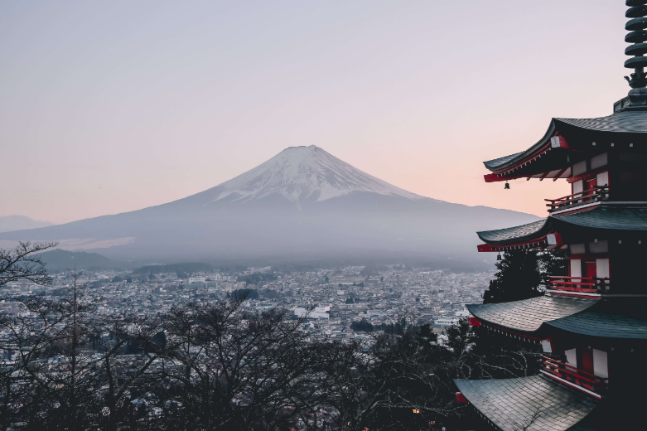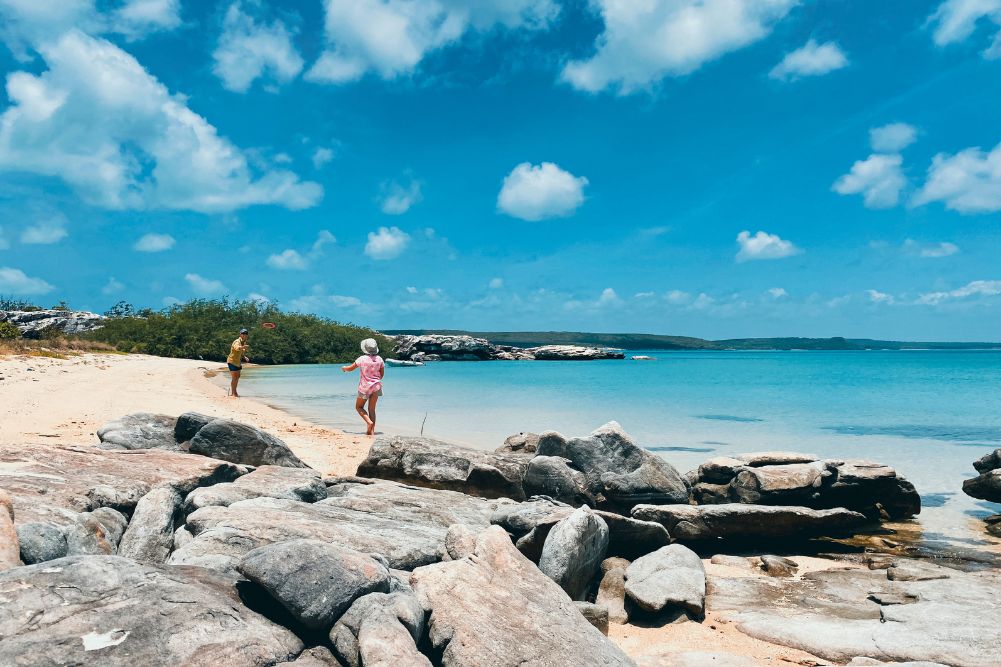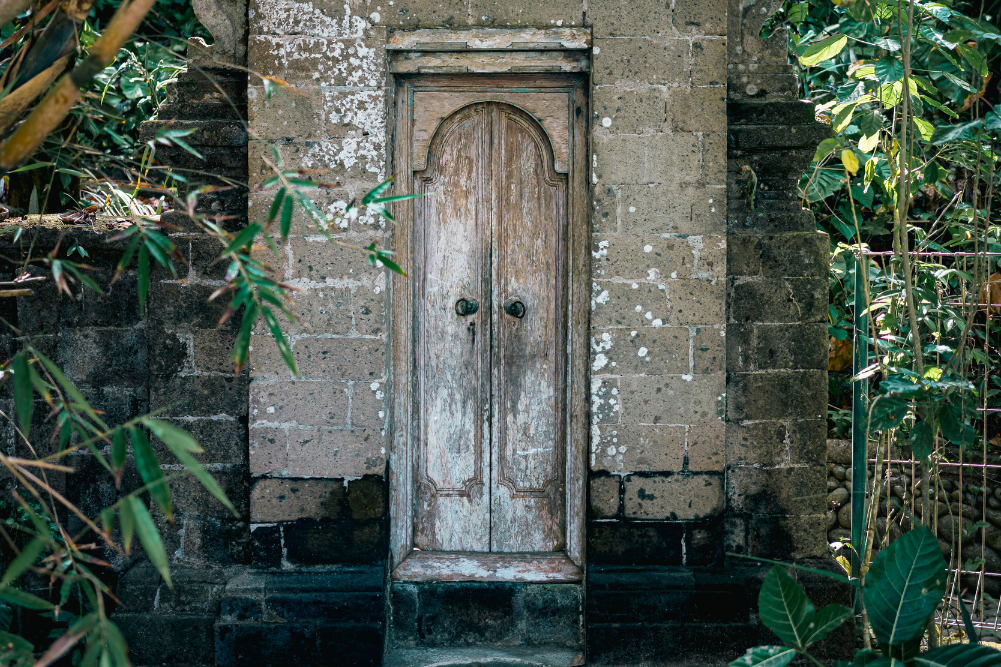Exploring health and wellness in Japan
Learning to ski at Shizukuishi, a town in the north-eastern snowfields of Honshu, Japan, is a mixed experience. The steep mountains, the soft powder snow and the wonderful downhill view are worth every moment. Yet, as my instructor calls out directions in Japanese, the tension is more nerve-racking than intended.
My translator, an experienced skier herself, is alongside us. But as we glide downhill, she remains silent, trying to find an English-language equivalent to the instructor’s rather urgent cries. As the snow becomes heavier, and the only thing visible in the white mist is the instructor’s colourful ski jacket, the delay between direction and translation becomes more worrying.
Of course, as stressful experiences go, skiing lessons are not so bad. Over half a million people visit Japan each year for the snow — an excellent idea. Nonetheless, after a few hours of this, I’m more than prepared for a more relaxing and therapeutic activity, also offered by Japan’s volcanic terrain.
As 70 per cent of Japan’s landmass is covered with mountains, there are more than 3000 hot springs.
Onsens — thermal hot springs — appear around the mountains. As 70 per cent of Japan’s landmass is covered with mountains, there are more than 3000 hot springs. Yet even with such an embarrassment of riches, certain onsens — just like certain ski runs or golf courses — stand out among connoisseurs.
As early as the 8th century, visitors continually crowded into Tamatsukuri Hot Springs in western Honshu (Japan’s largest island), braving the waters of 50–70°C. Even then, the health benefits were noticed. “Bathing once, the visitor was made fair of face and figure; bathing twice, all diseases were healed; its effectiveness has been obvious since days of old,” reported a journal of the time. Now, Japan’s ministry of health and welfare recognises many hot springs for their medicinal properties. (They are also used for cooking, brewing sake, providing steam for hothouses and, more recently, geothermal power.)
After a day on the ski slopes (and 400km away from Tamatsukuri), I feel no need to be choosy. Most ski lodges, despite extensive hotel facilities, don’t include fitness centres or swimming pools. An onsen, however, is essential. Hence, a ski lodge needs a perfect location: in front of a snowfield but also over the thermal water. Even if they are outdoors, the steam-filled air provides a respite from the winter chill.
At first it can be unsettling. Apart from the temperature (to fit the definition, most hot springs must be over 25°C), the onsen might seem disconcertingly intimate to Westerners, as everyone strips naked before entering a bath full of strangers (albeit of the same gender).
If you wish to explore beyond your hotel, your choice of onsen might depend on your ailment. The city of Miyagi, in the northern region of TÅhoku, is a case in point, with hot springs that are promoted for skincare (including Nakayamadaira Onsen, “the hot spring of beauties”), gastrointestinal disease (Gaga Onsen, which assures us that the water in its baths can be safely drunk), injuries (Kawatabi Onsen) and eye disease (Obara Onsen). Then there’s Naruko Hot Springs, whose onsens, with a wealth of minerals, are promoted as having “nine beneficial properties”.
“Generic” springs (as Naruko describes them), with their lower concentration of elements, are used for nerve pain, rheumatism and fracture. Calcium and magnesium (cramps, inflammation, allergies and chronic skin diseases), sodium (skin problems and burns), chloride (chronic rheumatism and back pain), aluminium (chronic skin diseases), the foul-smelling sulphur (rheumatism and bronchitis) and hydrophobic ion (chronic skin diseases) can all be found in Japanese onsens.
Otherwise, when making your choice in Miyagi, you can visit Aone Onsen for its Pacific Ocean views. If spectacular views are your preference, there are many places to bathe in the thermal waters while taking in the natural Beauty of Japan. Many places in the Gunma Prefecture, right in the centre of Honshu, offer steamy open-air baths that, unlike the traditional onsen, invite everyone to enter fully clothed. The Minakami Hot Spring, the prefecture’s most famous onsen resort, reveals the Suwa and Minakami gorges. In the south, Mount Fuji can be seen in all its splendour from the warmth of onsens in Hakone and Isawa.
Further west, in the Nagano Prefecture (which also includes the city of that name, site of the 1998 Winter Olympics), the calcium-rich springs are clear and transparent as they bubble up from the Earth but turn as white as the surrounding snow when they make contact with oxygen. The Shirahone Onsen, near the town of Matsumoto, is one of the prime examples of these white baths, which are frequently shared by the native snow monkeys, coming down from the mountains to enjoy the waters for themselves. Ancient wisdom states that, if you bathe in Shirahone waters for three days in a row, you will not catch a cold for three years. Nobody there seems to know whether this has ever been proven.
As well as the onsen waters, the healing baths in Japan take many forms. Many salons in Japan offer a water-free bath of fermented rice bran. The treatment is especially popular in Ibusuki, in the western island of Kyushu, where patrons wear thin cotton robes, lie on the beach and are buried neck deep in the ferment. In some resorts of northern Honshu, they strip down in an indoor chamber and the ferment is shoveled over their naked bodies. They are then requested to stay for 15 or 20 minutes in the warm (50°C) ferment, perspiring away much of their body waste. The treatment is devised to improve immunity and healing power, beautify the skin and decrease body fat. (Fifteen minutes lying in fermented rice bran leaves you sweating as much as a two-hour jog.)
In March, the winter wonderlands of Hokkaido (Japan’s northernmost island), TÅhoku and Nagano transform into spring wonderlands, when the forests are overtaken by a rainbow of blossoms and cherry blossom festivals are held across the land. The onsens, however, retain their healing powers and are busy even through the summer.
Wellbeing & longevity
Of all Japan’s attractions, perhaps one stands out: it has the highest life expectancy of any nation. Japanese women, the world’s longest-living group of people, can expect to live just short of their 87th birthdays.
Many of the reasons are steeped in the culture, as gradually becomes apparent to guests of a ryokan — traditional B&B accommodation in which hospitality is performed with sacred precision. In ryokan philosophy, every encounter should be regarded as a precious occasion that may never be repeated. Hospitality should be extended to each guest, not simply with the utmost politeness but also with the utmost sincerity.
In high-end ryokan, rooms may come complete with their own onsen, and staff, clad in kimonos, will prepare your meals in your room. Mostly, guests stay in washitsu — Japanese-style rooms with wooden ceilings and pillars, low beds, walls and tatami mats — dining at a low table on zaisu (legless chairs) with zabuton cushions placed on top. Even Western-style rooms, with higher beds and tables, often use Japanese design elements.
Ryokan usually offer a choice of traditional fare. Shojin-ryori is a vegetarian-style meal, originally prepared for monks, which was favoured after Buddhism was introduced to Japan in the 6th century. Kaiseki-ryori, which adopts early cooking techniques, also emphasises small portions (usually with meat and seafood).
The Japanese take food very seriously, as is clear from the fastidious packaging of the fast food available at train stations, or the incredible effort that goes into presentation at sushi bars or in kaiseki-ryori lunches. Happily, the focus on presentation is matched by an equal focus on flavour and health. Perhaps the famous Japanese precision explains why Tokyo has more Michelin-starred restaurants than any other city in the world: 10 altogether. Tokyo chefs excel in not only Japanese cuisine but also local versions of international fare, as quality French, Chinese, Italian and other restaurants abound.
Naturally, Japan’s culinary reputation — and the longevity of its people — is also partly due to freshness. Though frozen food sells well, and pot noodles, one of Japan’s favourite inventions, are so popular that they have their own museum in Yokohama, most households still enjoy the daily ritual of shopping for fresh ingredients. Sushi is not quite as ubiquitous as you might expect. Rice, fish, miso soup, seaweed and pickled vegetables, served with green tea, are the essentials of a traditional Japanese breakfast (and other meals). Thanks to Western influence, however, they might just as likely have eggs, toast, cereal and coffee.
While sushi is now a standard of international food halls, Japan has embraced Western fast food. Health-wise, it hasn’t really been a fair exchange. Japan has more McDonald’s eateries than any other nation apart from the US: 3600 and counting. However, around Japan, people still look remarkably slim and healthy.
“People ask me ‘How can you eat at McDonald’s and still stay so thin?’” says Nori, a Japanese publicist now based in New York. The answer, as is often the case with Japanese food (and, indeed, Japanese lifestyle), is in the balance. “McDonald’s is not bad food. It’s nutritious. But I don’t eat it every day.”
Control and discipline are major aspects of Japan’s dietary habits, which extend, famously, to the simple process of making tea.
Control and discipline are major aspects of Japan’s dietary habits, which extend, famously, to the simple process of making tea. Sado, the traditional tea-making ceremony, has an almost meditative quality. This is a social act, with attention to cleanliness and order to bring peace to the body and spirit. Ideally, four guests are present in the machiai (waiting room). They sample the hot water before it is mixed with matcha (powdered) tea, rapidly beaten with a bamboo whisk. Most Japanese tea is not consumed in such a ceremonial fashion. Indeed, most is sencha — leaf tea, sterilised with steam — though you may also splurge on gyokuru — top-grade leaf tea. Whatever your preference, it’s said that a daily dose of green tea will make you live to 100.
As well as a balanced diet, Nori points out that the Japanese are more physically active. They sleep closer to the floor, walk further, exercise more and enjoy sports. Baseball, the most popular leisure sport, is as prevalent in Japan as in the US. It would also be the most popular spectator sport, if not for the nation’s enthusiasm for sumo wrestling (a sport in which, for obvious reasons, most Japanese people cannot participate).
Another aspect to Japanese wellbeing, which travellers shouldn’t (and couldn’t) ignore, is meditation. Buddhist temples are almost as plentiful as onsens. Just as in days of yore, many temples still offer simple accommodation, inviting visitors for shojin-ryori fare and meditation sessions. Those who believe this is an easier path to wellbeing than skiing or other sports, however, might be surprised. If a monk allows his mind to wander, and is noticed by a priest, he could be brought back into focus with a whack from his kyosaku stick.
Enlightenment was never an easy task, and Zen Buddhist monks live a challenging life, strangely similar to that of military recruits, starting with an initiation ceremony in which they sit in the full lotus position for hours under the watchful eye of a senior monk. Cleaning floors, or reciting Buddhist scripture for many hours a day, are not only forms of discipline but also spiritual exercises. For visiting spiritual seekers, however, the world of Zen Buddhism is more lenient.
The wellbeing aspects of Japan — onsen healing, Zen meditation, tea ceremonies and ryokan — remain a major part of the culture, even after many centuries. A return to Tokyo, however, reminds us that Japan has long since entered the rat race. Tea is served not in peaceful ceremonies but from vending machines, swiftly imparted in metal cans. Food is wrapped in several layers of plastic, ready to eat on the train. As for hot springs … sorry, no time.
Fortunately, it is always easy to remember that Japan — in both its culture and its nature — is a nation whose wellbeing is second to none. If there is a Fountain of Youth, chances are it was not in Florida, as Ponce de León believed, but flowing into the many onsens of Japan.








